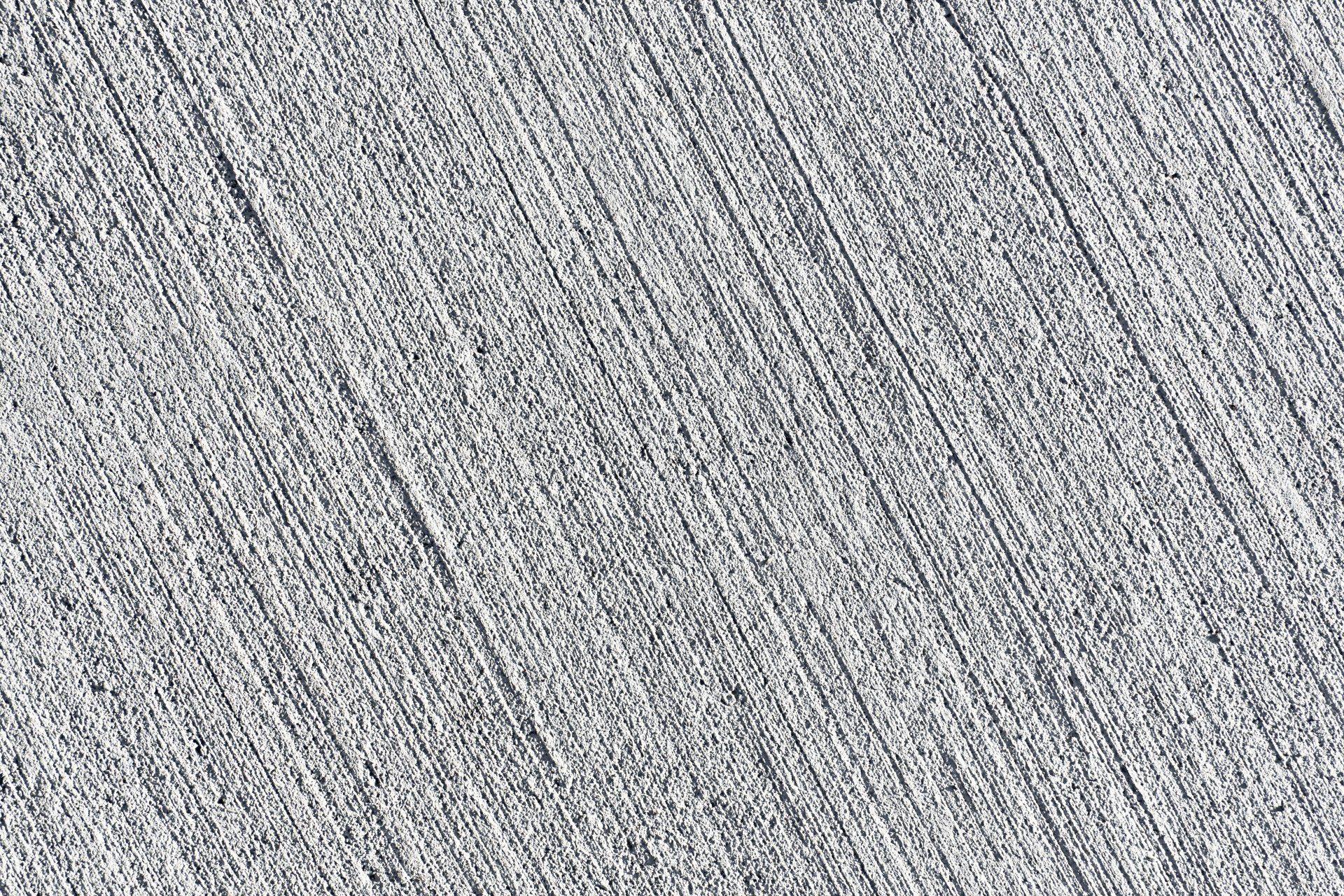Understanding Concrete Curing
If concrete isn’t allowed to cure properly, it won’t have its maximum strength and durability. The curing process is central to concrete’s capacity to withstand the damaging effects of freezing and thawing. Curing also gives the material greater resistance to scaling and abrasion. If slabs aren’t cured, they will be prone to crazing. This is the development of hairline cracks.
Why Curing Is Necessary
If concrete isn’t allowed to cure properly, it won’t have its maximum strength and durability. The curing process is central to concrete’s capacity to withstand the damaging effects of freezing and thawing. Curing also gives the material greater resistance to scaling and abrasion. If slabs aren’t cured, they will be prone to crazing. This is the development of hairline cracks.
How Long Concrete Takes to Cure
There are three phases to the concrete curing process. The initial phase is characterized by the settling of the concrete mixture. As this happens, “bleed water” rises to the surface and begins evaporating. The contractor will evaluate the rate of evaporation to determine if the bleed water is evaporating more quickly than it’s rising out of the mixture. If so, then it will be necessary to do some initial curing. The intermediate curing stage is when the contractor will perform the stamping, if required. This is followed by the final curing. The initial curing takes about seven days, and for at least the first three days, people and pets should avoid walking on the surface. The total curing process usually takes 28 days, during which time it should not be subjected to heavy equipment.
How Proper Curing Occurs
It’s commonly thought that concrete cures automatically, but it actually needs to be taken care of while the material sets and develops its strength. There are two primary methods used during the first week: Moist curing and membrane curing. Moist curing requires keeping water on the surface at all times, such as by using a sprinkler. The second method involves the use of a liquid membrane-forming compound, called a curing compound. The contractor can apply the curing compound to the surface. Once dry, the substance prevents evaporation.

By Andrew Davis
•
18 Jul, 2019
If you are seeking a concrete driveway installation that is both attractive and slip resistant, you may want to consider installing a broom finish driveway on your property. This type of driveway is characterized by its ridged texture and rough surface. With services from a company that builds concrete driveways in Murfreesboro, you will be able to create a broom finish driveway that meets your requirements for both safety and style. To highlight the benefits of finishing the surface of your driveway with a broom, here is a look at what you need to know about broom finish driveways.
GET A FREE QUOTE TODAY!
© 2024
All Rights Reserved | Cantrell's Concrete LLC | Powered by Flypaper - Nashville | Privacy Policy


